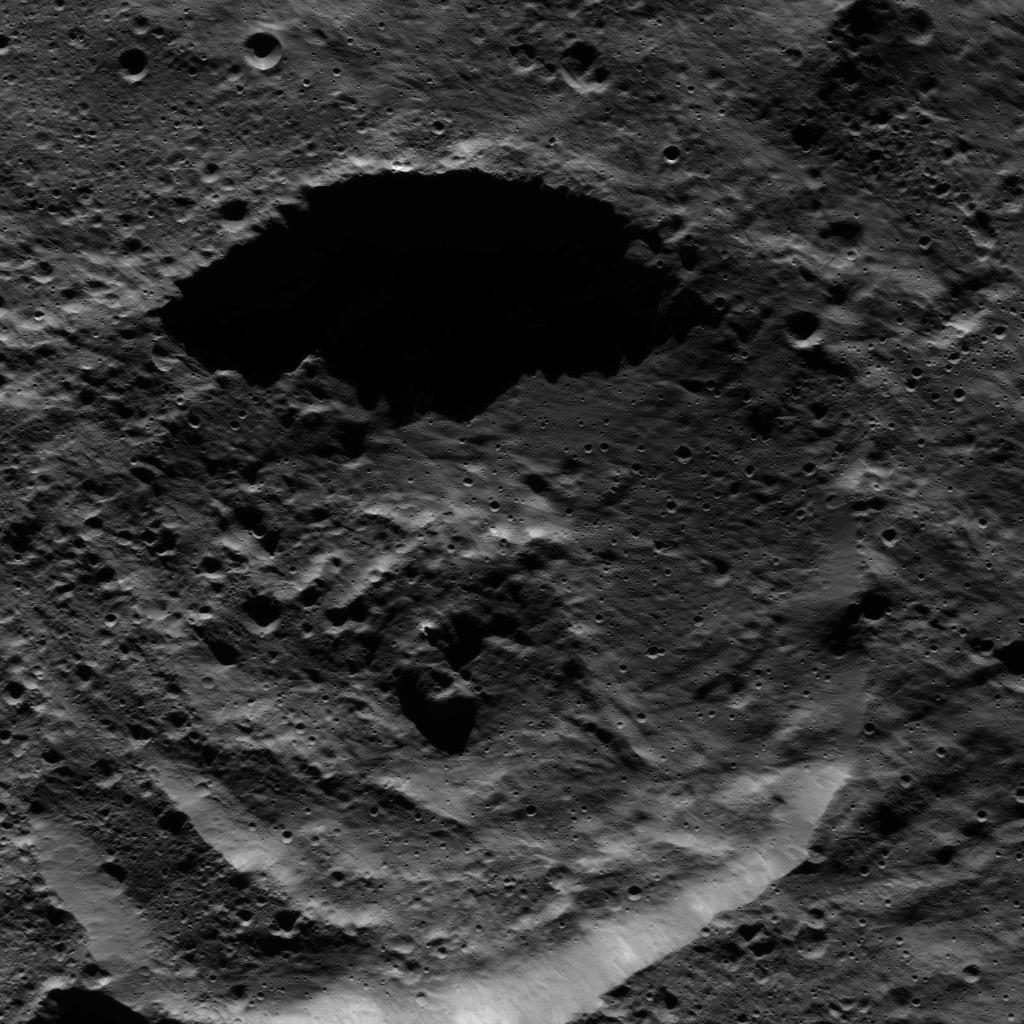Uranus May Have a Layer That Keeps Its Glow Dim
Jupiter is hit by an average of 6.5 objects per year that create impacts large enough to be visible from Earth, according to preliminary results from a
worldwide campaign by amateur astronomers to observe the giant planet.
******
The Netherlands by night from ISS
African mosaic
*************
Bright, frosty polar caps, and clouds above a vivid, rust-colored landscape reveal
Mars as a dynamic seasonal planet in this
NASA Hubble Space Telescope view taken on May 12, 2016, when Mars was 50 million miles from Earth. The Hubble image reveals details as small as 20 to 30 miles across.
The large, dark region at far right is Syrtis Major Planitia, one of the first features identified on the surface of the planet by seventeenth century observers. Christiaan Huygens used this feature to measure the rotation rate of Mars. (A Martian day is about 24 hours and 37 minutes.) Today we know that Syrtis Major is an ancient, inactive shield volcano. Late-afternoon clouds surround its summit in this view.
A large oval feature to the south of Syrtis Major is the bright Hellas Planitia basin. About 1,100 miles across and nearly five miles deep, it was formed about 3.5 billion years ago by an asteroid impact.
The orange area in the center of the image is Arabia Terra, a vast upland region in northern Mars that covers about 2,800 miles. The landscape is densely cratered and heavily eroded, indicating that it could be among the oldest terrains on the planet. Dried river canyons (too small to be seen here) wind through the region and empty into the large northern lowlands.
South of Arabia Terra, running east to west along the equator, are the long dark features known as Sinus Sabaeus (to the east) and Sinus Meridiani (to the west). These darker regions are covered by dark bedrock and fine-grained sand deposits ground down from ancient lava flows and other volcanic features. These sand grains are coarser and less reflective than the fine dust that gives the brighter regions of Mars their ruddy appearance. Early Mars watchers first mapped these regions.
An extended blanket of clouds can be seen over the southern polar cap. The icy northern polar cap has receded to a comparatively small size because it is now late summer in the northern hemisphere. Hubble photographed a wispy, afternoon, lateral cloud extending for at least 1,000 miles at mid-northern latitudes. Early morning clouds and haze extend along the western limb.
****************
The geologic shape of what were once shorelines through Mars' northern plains convinces scientists that two large meteorites – hitting the planet millions of years apart – triggered a pair of mega-tsunamis. These gigantic waves forever scarred the Martian landscape and yielded evidence of cold, salty oceans conducive to sustaining life.
Regional view of sections of circum-Chryse highland-lowland boundary region made up of Chryse and Acidalia Planitiae lowlands and Tempe, Xanthe, and Arabia Terrae highlands. The boundary is breached by the planet's largest outflow channels.
The red and black lines trace the margins of the two documented tsunami events.
~ 3.4 billion years ago, a big meteorite impact triggered the first tsunami wave. This wave was composed of liquid water. It formed widespread backwash channels to carry the water back to the ocean.
In the millions of years between the two impacts and their associated mega-tsunamis, Mars went through frigid climate change, where water turned to ice.
The ocean level receded from its original shoreline to form a secondary shoreline, because the climate had become significantly colder.
The second tsunami formed rounded lobes of ice. These lobes froze on the land as they reached their maximum extent and the ice never went back to the ocean – which implies the ocean was at least partially frozen at that time.
*********************
In looking over images of Pluto's Venera Terra region, New Horizons scientists have spotted an expanse of terrain they describe as '
fretted'.
As shown in the enhanced-color image at top, this terrain consists of bright plains divided into polygon-shaped blocks by a network of dark, connected valleys typically reaching 3-4 km wide. Numerous impact craters of up to 25 km in diameter also dot the area, implying the surface formed early in Pluto's history.
********
This image from NASA's Dawn spacecraft shows the center of Datan Crater on Ceres. Datan measures ~ 60 km in diameter.
This image from NASA's Dawn spacecraft shows Attis Crater on Ceres, which measures 22 km in diameter. The long shadows in and around the crater reflect Attis's far-southern location.
******
Sun's active region today AR2546
*********
The rise and fall of Martian lakes
There is a wealth of evidence, collected over the past few decades, that suggests liquid water was abundant in the early history of Mars. A recent study, using data from several spacecraft operating at Mars, paints a detailed picture of the rise and fall of standing bodies of water in a region of Mars which once hosted one of its largest lakes.
Region of Eridania Lake.
Perspective view of the Atlantis Chaos basin
Perspective view of the Simois Colles basin

























































































































 :
:








































